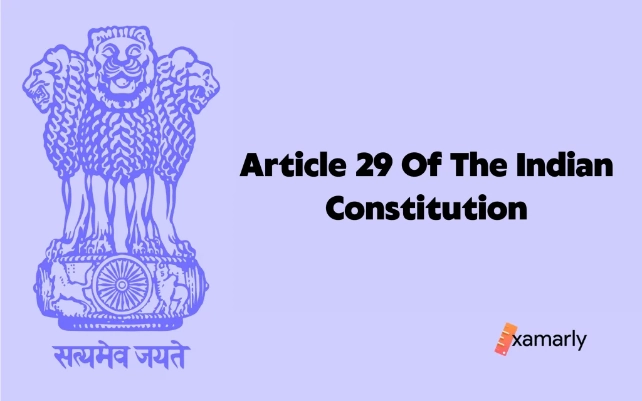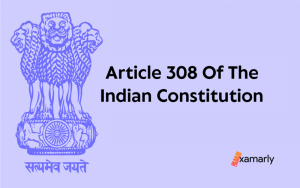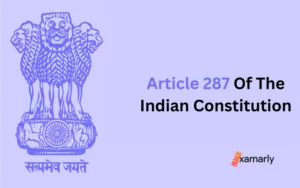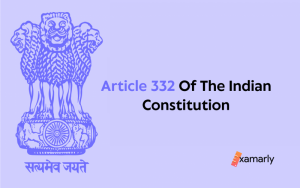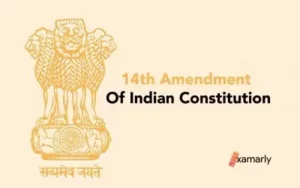Indian society shares distinct cultures, languages, and races, among other diversities. India is a secular nation where despite all these differences, there is harmony and goodwill among people. But, the peace and harmony we enjoy today despite of extreme diversity we are constituted of, have been possible because of the remarkable constitution and its vital amendments and articles.
Article 29 of the Indian constitution deals with this scenario but on a bigger level. Read on to explore this article in depth.
Cultural And Educational Rights
Before jumping into Article 29 of the Indian Constitution, let us familiarize ourselves with cultural and educational rights.
- Some basic rights are put in place for Indian citizens. These are known as Fundamental Rights. They are six in number and are provided by the Constitution of India.
- Cultural and educational rights is a fundamental right of every Indian citizen and this forms the essence of Articles 29 and 30 of the Indian Constitution.
- Article 29 aims to protect the rights of minorities that are part of Indian society. The homogenous nature of our country calls for the existence of Article 29 of the Indian Constitution.
- The Constitution keeps a check on the rights that have been put in place for the betterment of minority groups. It realizes the need for protecting the marginalized communities of our nation and helps to preserve and promote their culture.
Article 29: Protection Of Interests Of Minorities
The text of Article 29 of the Indian Constitution as mentioned in Constitution reads:
“29. Protection of interests of minorities.
(1) Any section of the citizens residing in the territory of India or any part thereof having a distinct language, script or culture of its own shall have the right to conserve the same.
(2) No citizen shall be denied admission into any educational institution maintained by the State or receiving aid out of State funds on grounds only of religion, race, caste, language or any of them.”
Features Of Article 29 Of The Indian Constitution
- Article 29 of the Indian Constitution was finalized from Draft Article 23(1)-(2). These were debated in the Constituent Assembly on December 7th and 8th, 1948. The Draft Article was finally adopted into the Indian Constitution on December 8, 1948.
- Article 29 of the Indian Constitution was introduced on April 26, 1975.
- This article falls under the category of ‘Fundamental Rights’ which are held in Chapter III of the Indian Constitution. It comes under the Department of Personnel and Administrative Reforms.
- Article 29 of the Indian Constitution extends the right to every citizen to preserve the culture and aspects related to it as India is a diverse nation with plenty of cultures and traditions.
- This article strives to protect the culture of minority groups that inhabit our country. For instance- Hindus constitute the majority across the country. However, in some States, they reside as a minority community. If we consider the whole of the nation then the minority groups would be Christians, Muslims, etc.
- The Supreme Court clarified that the scope of Article 19 is not exclusively limited to minority groups as the article mentions the phrase ‘section of citizens’ which is inclusive of minority as well as majority groups.
You Might Also Like – Article 30 Of The Indian Constitution
Provisions In Article 29 Of The Indian Constitution
- Article 29(1) of the Indian Constitution aims to preserve culture and its related aspects. It gives any citizen the right to conserve a distinct language, script, or culture of their own. It is mostly interpreted in favor of minority groups as it strives to uphold their rights. This is an absolute right for these minority groups. This is due to their rich cultural background. Another point to be noted about this clause is that it cannot be subject to reasonable limitations for the sake of the public’s interests.
- Article 29(2) of the Indian Constitution differs from Article 29(1) as it targets to safeguard the rights of an individual. The rights of a citizen are guaranteed by the provision provided in this article. However, it does not take into account the community the citizen comes from. It is more for every citizen and is not exclusive to minority groups. No individual can be denied admission into an educational institution on the ground of religion, race, caste, language, or any of them.
- Article 29 of the Indian Constitution plays a crucial role in pushing to the forefront the interests of religious as well as linguistic minorities.
Definition Of ‘Minority’
- Under Article 30, the Indian Constitution recognizes two kinds of minorities. These are religious and linguistic minorities. The Constitution only discusses these two categories of minorities. However, the government has not put out an official definition for the term ‘minority’.
- In Article 29, the Constitution does not explain who qualifies to come under the minority status. No aspect such as caste, representation, etc. becomes a factor for classifying who comes under ‘minority’.
- Decoding the text of Article 29 as mentioned in the Constitution would help in determining whom to consider as minority communities. These are the communities that have their distinct language, scripts, cultures, etc.
- Five religions have been listed as minority communities under Section 2(c) of the Minorities Act. Muslims, Sikhs, Christians, Buddhists, and Zoroastrians constitute religious minority communities.
- Linguistic minority communities are classes of people who do not speak the same languages as the majority groups. These are the people whose mother language or mother tongue is different than the widely spoken languages.
Summing Up
India, being a secular nation takes pride in its rich diversity of religions and languages of its people. The Constitution of India takes a united standpoint and ensures that rights are accorded not just to individuals but also to communities that are not in preponderance in terms of religion or language.
The provisions granted by our Constitution such as Article 29 are a boon for minority communities. It serves the purpose of upholding the cultural, as well as the educational rights of the minority groups, therefore, helping to amplify their distinct culture and giving them noticeable space in society.
FAQs
Q. Is Article 29 of the Indian Constitution an absolute right?
Article 29 is an absolute right. It has no exceptions or reasonable restrictions.
Q. What is the difference between Articles 29 and 30 of the Indian Constitution?
Article 29 shields the rights of minority communities. It states that minority groups shall not be subject to biased treatment in society when taking admission to educational institutions. Discrimination on grounds of religion, race, caste, language, or any of them has been strictly prohibited under this article. On the other hand, Article 30 talks about the right of minority groups to initiate and govern educational institutions of their liking. Religion or language must not be a factor of discrimination.
Q. What is the similarity between Articles 29 and 30 of the Indian Constitution?
Both, Articles 29 and 30 advocates the cultural and educational rights of the minority groups of India. The preservation and propagation of minority culture along with ensuring education to students of minority groups is the objective of both these articles.


